

You play an important role in the growth of your child’s body and mind.
Whether you see your children daily or live in a different home, being actively involved in your child’s life makes a big difference. Being present and involved will help them grow to be a healthier, happier, and more successful child and adult.
The quality of your father-child time is more important than the number of hours you spend with your child. The quality of your relationship directly impacts your child’s sense of self-worth.
more likely to
earn mostly
A’s in school
as likely to go to college
and find a steady job
after high school

Breastfeeding after age one is recommended by the American Academy of Pediatrics as long as mom and child wish to continue.
Benefits of breastfeeding for a child include balanced nutrition and boosted immunity. Moms that breastfeed 12 months or more over their lifetime may have a reduced risk of certain cancers and other health conditions. Support breastfeeding after your child’s first birthday, it is healthy!
Weaning is a natural part of breastfeeding and can look different for every mom and child. Dads can play a part in the weaning process by offering support. One way to help during this transition could be to read a book as part of nap or nighttime to make your new routine easy for your family.
Children learn by watching their parents. Children who have a father actively involved in their daily learning are more likely to be:
A parent is a child’s first teacher. You may not realize it, but you are teaching your child by the simple things you do every day.
You can help your child learn by:
Whether you are encouraging imagination play or reading to them, simply being together helps your child feel calmer and happier.
Children who grow up with an involved father are 60% less likely to be suspended or expelled from school.
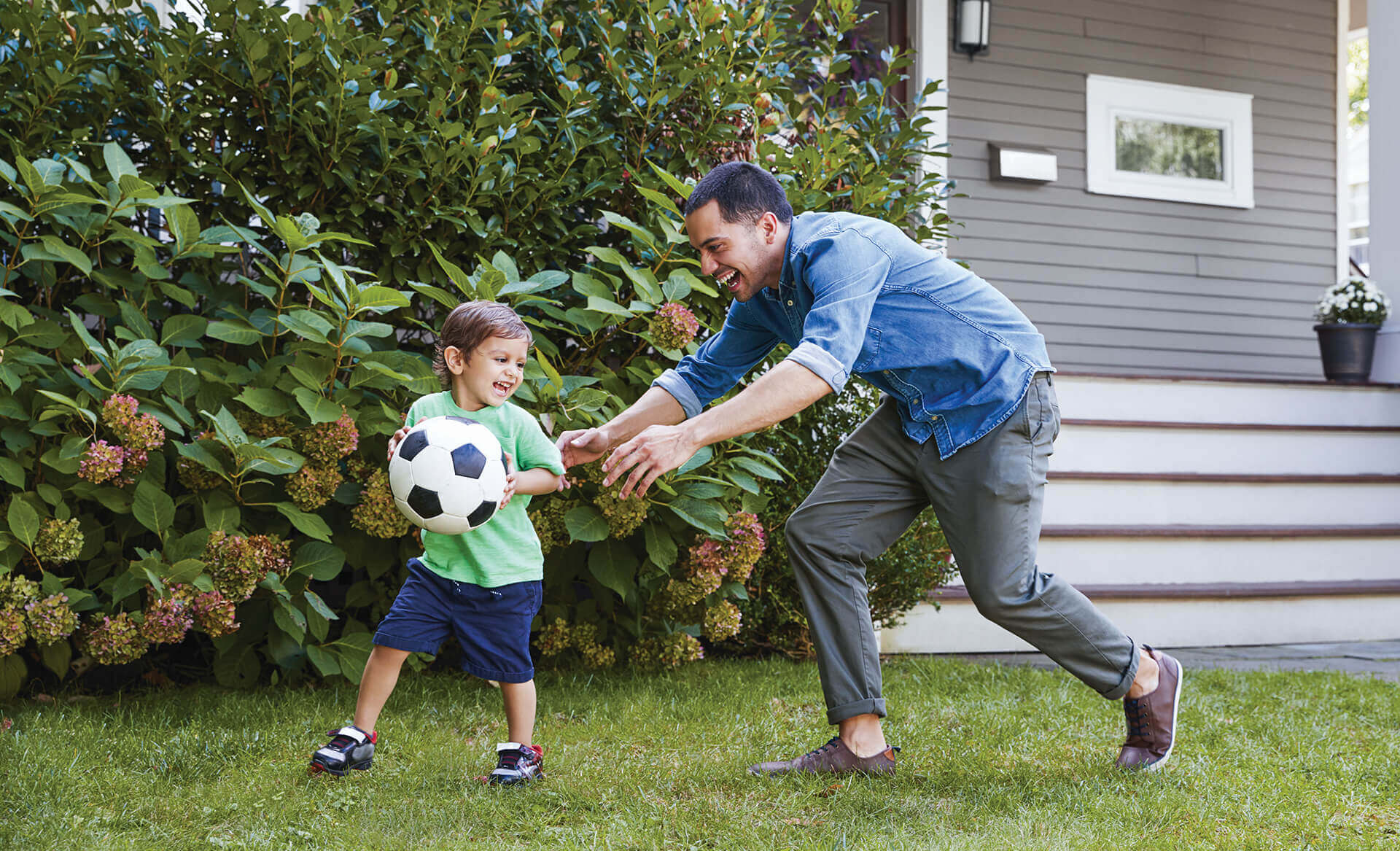


Children learn when they play. Dads typically have a different style of play than moms, and that is okay!
Dads tend to encourage more physical play which teaches children how to:
Being active with your child helps their bones grow stronger, build muscles, and helps brain development.
Here are a few fun activities to do with your child:
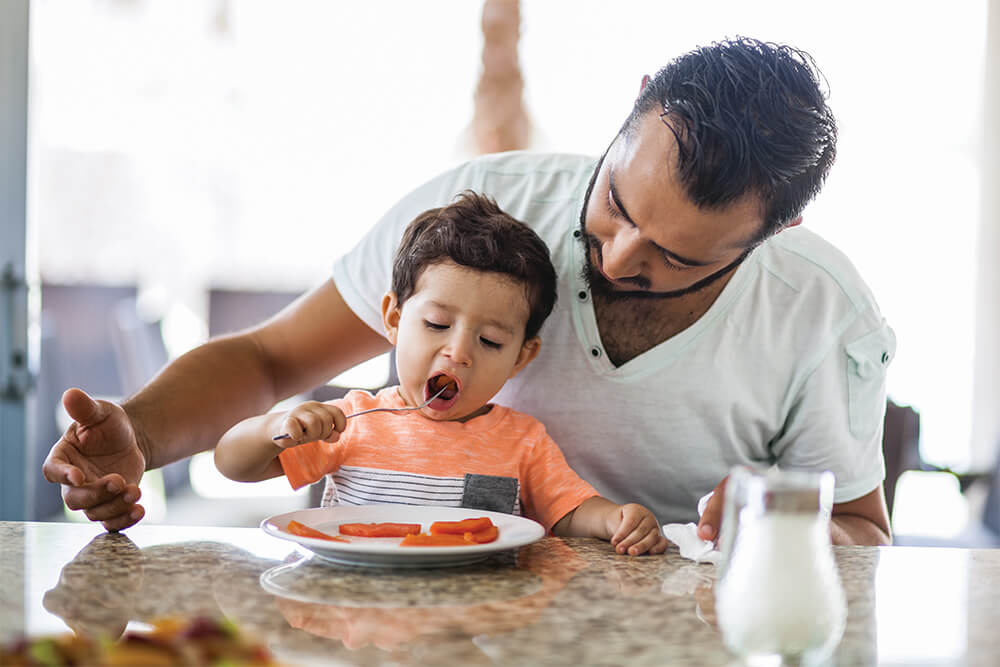
Feeding young children is a hard job. Being present at the dinner table is easy. Having dad present at mealtime is important to a child.
Mealtime is a great time to learn more about your child.
Ask your child about their day, their friends, and how they are feeling. This shows your child that you care about them and that they are worthy of your time and attention.
Here are some things you can do to make memories at mealtimes.
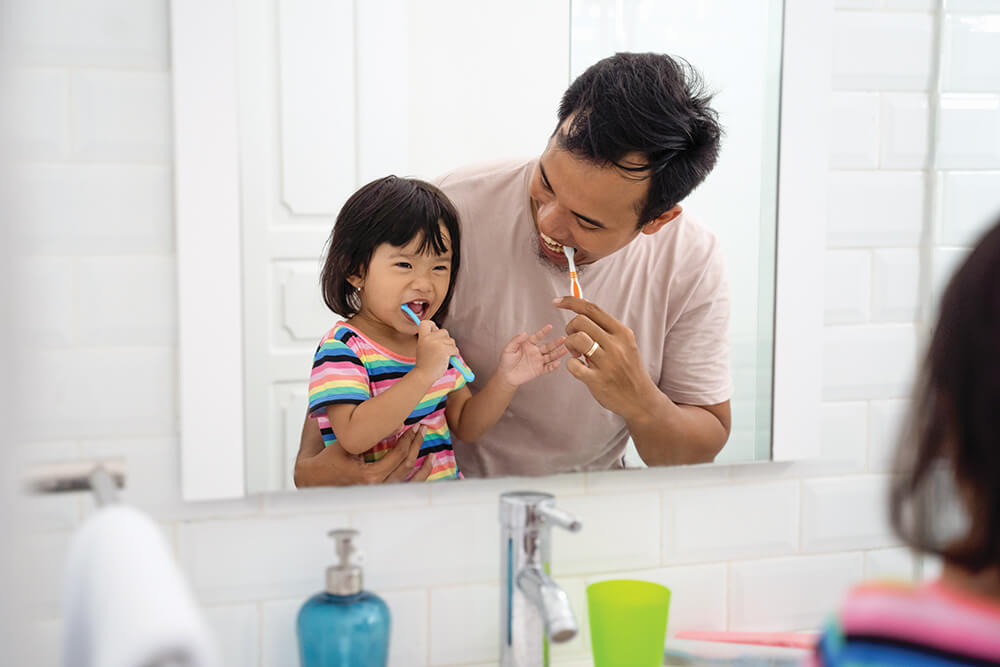
Dental health is just as important as physical health. Be active in keeping your child’s teeth healthy.
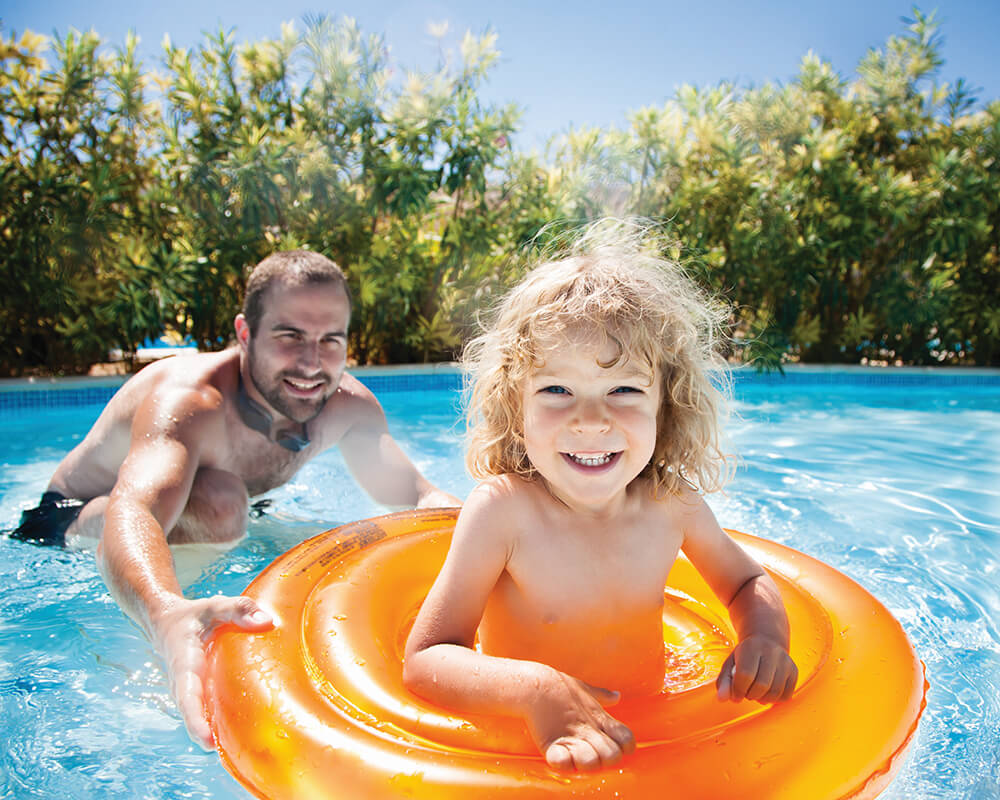
Once a child gets moving, it will seem they never stop. This is great fun as they are able to do more things every day, but it also means parents must work even harder to keep their child safe.
The American Academy of Pediatrics recommends that car seats are only used for traveling purposes. It is recommended to remove the infant from their car seat once you arrive at your destination, especially if they are asleep.
To learn more about car seat safety visit:
Keep your child in a rear-facing car seat until they are at least 2 years old. Do not rush to move to a forward-facing car seat or booster seat even if you have a large child.

Never seat children in front of an Airbag. Airbags can kill young children riding in the front seat. Never place a rear-facing car seat in front of an air bag.

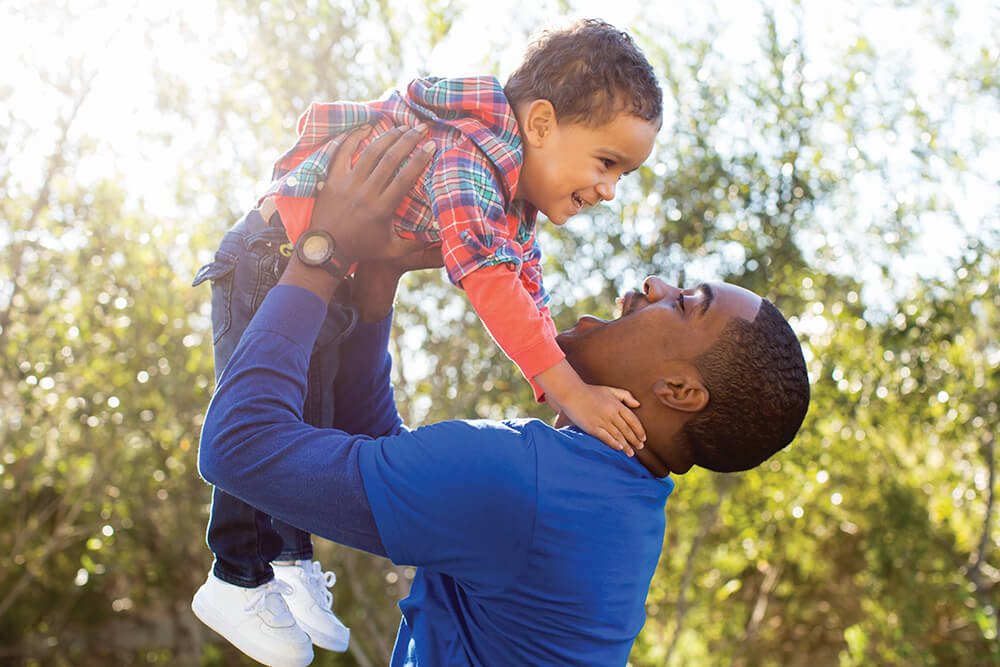
Connecticut
Connecticut Fatherhood Initiative
https://portal.ct.gov/fatherhood
Connecticut Clearinghouse
www.ctclearinghouse.org
Unity Way of Connecticut 2-1-1
https://uwc.211ct.org/get-help/informationlibrary/fatherhood
Real Dads Forever
https://realdadsforever.org
National
National Fatherhood Initiative
www.fatherhood.org
National Responsible Fatherhood Clearinghouse
https://www.fatherhood.gov
